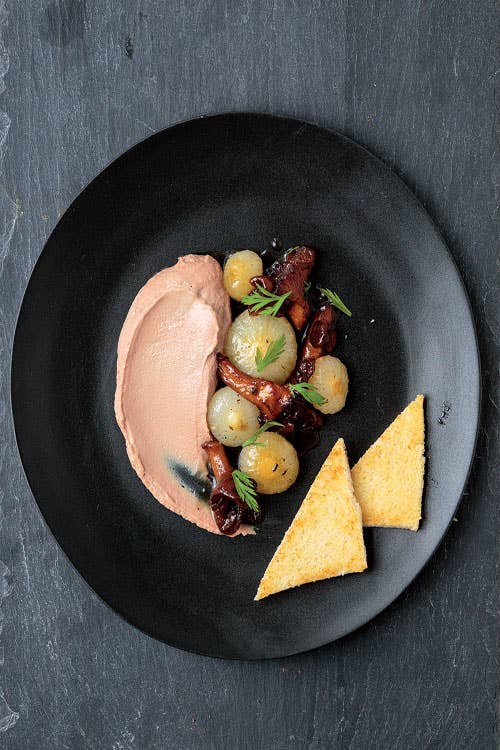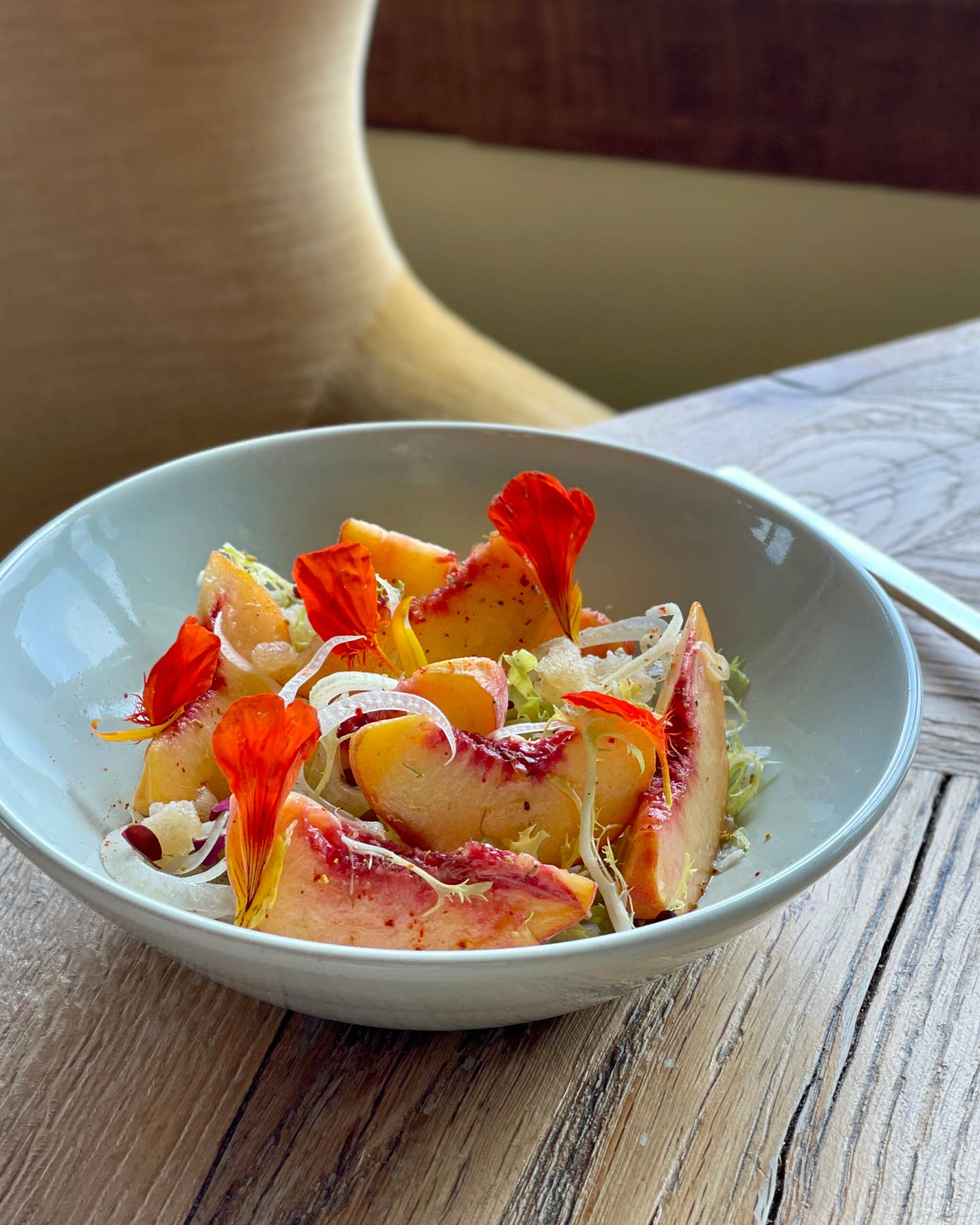
Water Bath Cooking
We cooked the duck liver mousse for The Black Hoof's liver and onions dish in a water bath—placing a metal loaf pan of uncooked mousse into a shallow pan filled with water and putting everything in the oven—because this cooking technique distributes heat gently and evenly. The result: a delicate mousse that comes out light, moist, and perfectly smooth. But how exactly does a water bath work? Though the oven temperature may be 300°, water turns to steam once it reaches 212°. As some of the water turns to steam and evaporates into the oven, it cools the surface of the water bath, yielding a lower heat source that gently insulates the mousse from the oven's blazing dry heat. The mousse doesn't overcook or curdle, and the constant release of steam keeps the preparation moist. The water bath method is also great for custards, flans, soufflés, cheesecakes, and eggs. —Dominique Lemoine
Keep Reading
Continue to Next Story










